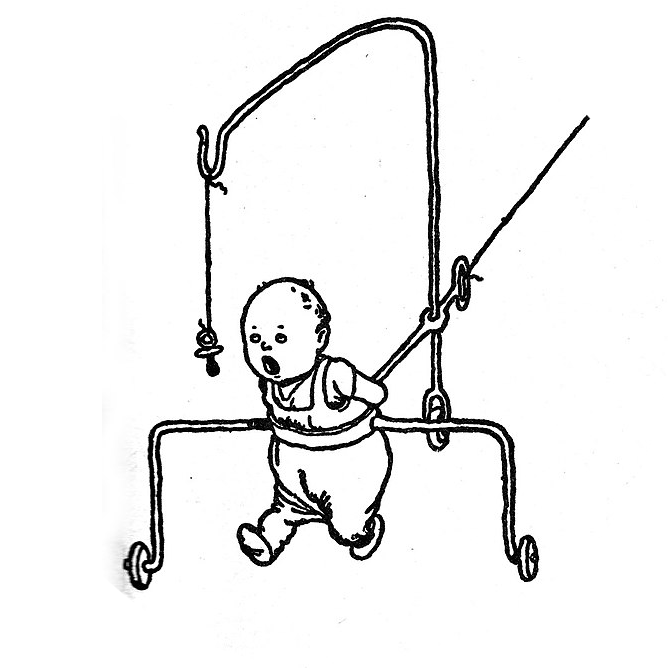I’m using my moka pot on an induction stove that goes from 1 to 9, and there’s also a P setting for max power. Normally, I just use P or 9 to make the water boiling hot. Then I leave it at zero and assmble the whole pot. After that, I set it to 2, and wait. Letting the water cool down just a little at zero heat is important. If you keep the stove at 2 while assembling the moka pot, you’ll get the water flowing way too fast, and you’ll get under extracted weak coffee.
There’s a reason for doing it this way. If you heat the water with number 2 power, it’s going to take way too long. If you give it more heat, it will obviously heat up faster, but it will also increase the flow way too much. On top of that, you’ll also get steam running through the grinds, and that tends to bring out all the bitter notes very quickly. Therefore, doing the extraction at the lowest heat possible is the way to go. Since the moka pot doesn’t have a pressure gauge, it’s very difficult to tell when would be the ideal time to reduce the power. In order to avoid that problem, I recommend boiling the water before assembly.
















Basic internet etiquette. Never read the article. Disagree with everyone. You are always right. Everyone else is always wrong etc.